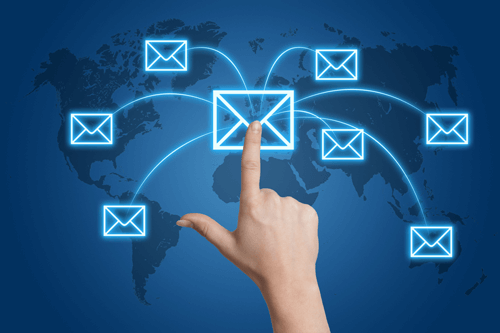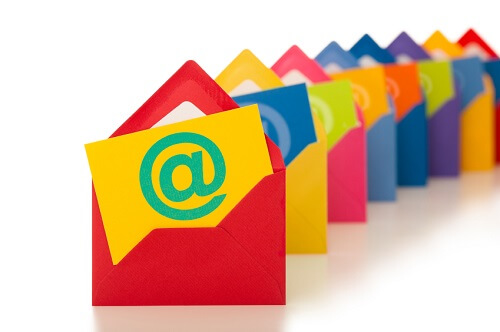What exactly is an email preference center? They are places for individuals to tell a business how often they want to receive an email and what kind of content they want to receive. Email preference centers are one of the best ways for customers to tell you exactly what they’re interested in—and when done effectively, you get to collect key pieces of contact information as well. Whether they are called “notification settings” or “email settings,” we’ve all interacted with some form of a preference center before.
Not all companies, however, use email preference centers to their fullest extent; that is, not all companies are using them as an additional method for data collection and improving the customer experience. This blog post will tell you how to use preference centers to improve email deliverability, develop a better understanding of consumer interests, and learn what other companies do to help you improve your own preference center.
When a customer decides to unsubscribe from your email communications, there’s little you can do to convince them otherwise. There are many potential reasons as to why people unsubscribe, the most common being receiving too many emails or receiving content that became repetitive or boring over time.
Enter the email preference center. Using this, you can reduce your unsubscribe and complaint rates as well as your spam reports, thereby improving your overall deliverability. How? Ideally, customers would update their email preferences and choose to be on another mailing list or select a different email cadence. By listening to their updated preferences, you can then deliver more relevant messaging at the frequency they want.
Email preference centers are a great way for companies to see which email marketing tactics and campaigns are resonating with their audience. There are five main elements in a good preference center: demographics, interests/preferences, lists/publication, channels and frequency. Those five elements capture data points such as:
1) The type of communication customers wish to receive
- Newsletters
- Webinar information
- Event updates
- Promotional offers and discounts
2) The frequency in which customers receive them
- Daily
- Weekly
- Quarterly
- Whenever new updates or promotions occur
3) Specific information about customers
- Industry
- Job role
- Main area of interest (i.e. what they’re most interested in reading about)
- Other demographic information
By capturing this data, email preference centers can help take out some of the guesswork surrounding your marketing campaigns. If you know that customers are interested in your weekly newsletters and that they’re mainly at the C-suite level, you can deliver more personalized emails catering to that particular segment. That level of granularity only comes by asking customers the right questions.
However, simply letting customers unsubscribe without even trying to capture more information through a preference center is letting an opportunity go to waste. Check out what these companies do right in order of good, better and best to learn how you can improve your own preference centers.
Rank: Good
Express provides a simple way for subscribers to update their email preferences—and simplicity is appreciated when the customer is in a rush to opt out of email communications. There are two main options to choose from, with the latter prompting the individual to rethink their decision to unsubscribe with the allure of selecting more specific emails.
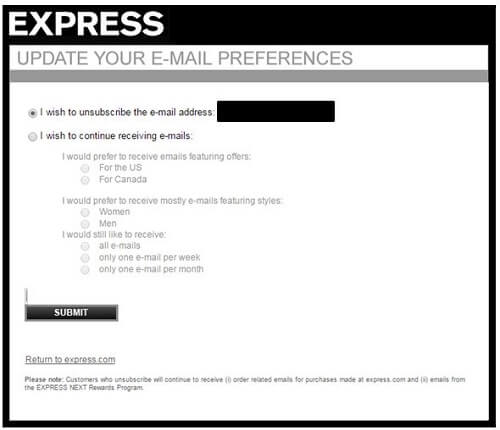
The language used in those options is very blunt and direct; there’s no wordplay to entice and attract the about-to-unsubscribe customer to stay. Think about it this way: there’s literally nothing to lose by getting a little fun with your words—you’re already one click away from losing a customer. Trying something new, it could mean the difference between a customer staying or leaving.
Netflix makes email preferences easy to manage. It provides a checklist with straightforward, visible options of how users can manage what emails they want to receive, with a clear “Unsubscribe from all” option at the bottom. The UX of the page itself follows Netflix’s overall design, which is far more appealing to look at than a standard HTML template.
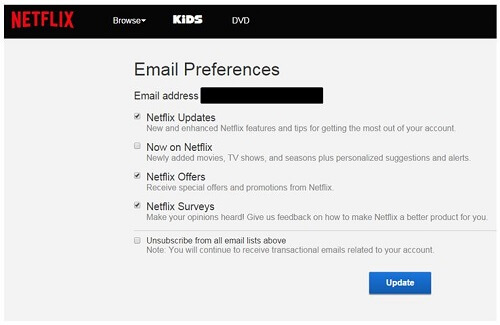
What’s missing is an option for selecting the frequency of email communications. Users still have no control over how often they receive communications from Netflix, and if the frequency is too high with no middle ground option, people may unsubscribe altogether from the mailing list.
Rank: Better
LinkedIn gives users an entire “Communications” section to choose the types and frequency of communications they want to receive. Their “Set the frequency of emails” section, for example, has five different sections, each with their own sub-sections and respective options that give users control over what emails they can expect in their inbox. There’s a lot of granularity in the “Communications” section to hand users the control.

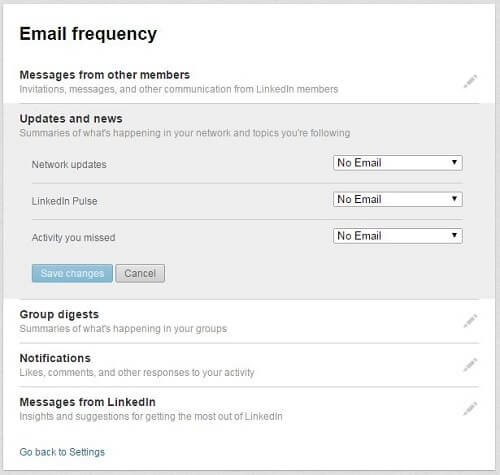
However, there might be too much granularity. The number of options can dissuade people from trying to update their preferences and lead them to search for that “Unsubscribe from all” button.
Rank: Best
Amazon Loal does a great job with their email preference center for a number of reasons. First, they have the unsubscribe option located all the way at the bottom of the page buffered by two other sections that try to persuade the user into altering their subscription instead of opting out of it.
The unsubscribe field itself gives the user multiple reasons as to why they chose to unsubscribe, which not only provides an additional feedback loop for Amazon, but lets them use that feedback to improve future email communications.
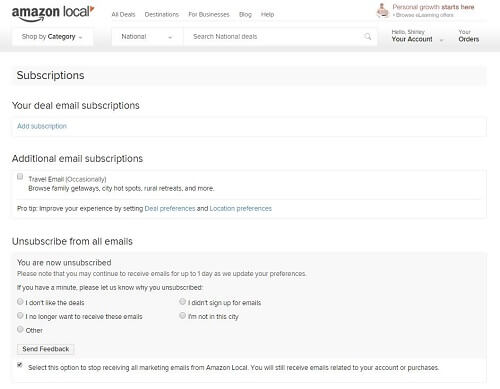
When clicked, the “Add subscription” section under the “Your deal email subscriptions,” expands into a more segmented, personalized list you can opt into as opposed to taking yourself off the list entirely. This sort of distraction/negotiation tactic works well for people who are undecided about the value of the email communications—the opportunity to personalize the emails they receive may bring them back from the brink. I’m not too ashamed to admit that this sort of reverse psychology has worked on me.
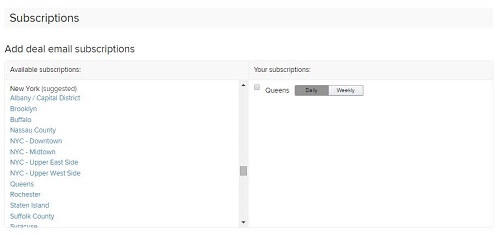
The best part about email preference centers is that they provide your business with up-to-date customer information, leading to better retention and deliverability rates and ultimately through this deeper understanding of the customer, you can provide improved relevancy, personalization and segmentation for your customer’s benefit.
Improving your email preference center with these tips, however, won’t make a positive impact on your deliverability or customer satisfaction if you’re not working with good email addresses to begin with. Preference centers are founded on good email quality; incomplete or inaccurate email addresses can make all your efforts fruitless.
Ready to learn more? Learn how good email data quality is achieved and what steps you can take to make sure your preference centers run better with valid email addresses.
Learn more!












